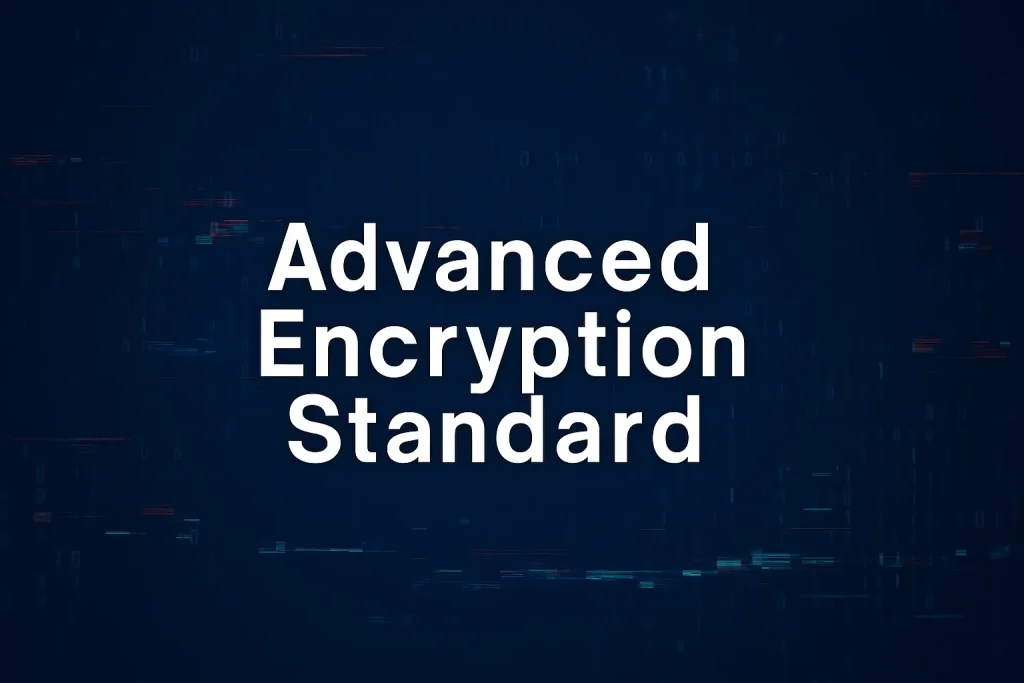I think most of us use phones, computers, and the internet every day. We send messages, store photos, and enter passwords. But how do we know our data is safe? That’s where something called Advanced Encryption Standard comes in. When I first heard the word encryption, I thought it was only for spies or hackers. But now I know it’s something we all use without even realizing it.
In this article, we are going to explore AES in a way that’s easy to understand. If you’re a student, a beginner, or just curious, this guide will help you learn how AES protects your data. We’ll talk about encryption and decryption, AES 256, and how companies like Microsoft, Google Workspace, and even the Air Force Research Laboratory (AFRL) use it. We’ll also look at real examples, tools like Virtru, and answer common questions.
What Is Encryption
Encryption is like turning your message into a secret code. If I write “Hello” and encrypt it, it might look like “X7@#9.” Only someone with the right key can turn it back into “Hello.” This keeps our sensitive information safe. We use encryption to protect passwords, secure files, and data security.
What Is Advanced Encryption Standard (AES)
AES is a special method of encryption. It was created by NIST (National Institute of Standards and Technology) and approved by FIPS (Federal Information Processing Standards). AES is a symmetric block cipher, which means it encrypts data in blocks and uses the same key to encrypt and decrypt.
AES replaced an older method called DES. It’s faster, stronger, and more secure. AES comes in three versions: AES 128, AES 192, and AES 256. The number shows how strong the encryption is. AES 256 is the strongest and is used for military-grade protection.
How AES Works
Let’s say I want to send a secret message. AES takes my message, breaks it into blocks, and mixes it up using a key. This process is called encryption. When the person receives it, they use the same key to turn it back. That’s called decryption.
AES uses math and logic to make sure the message is unreadable without the key. It’s like a puzzle that only the right person can solve.
Why AES Is Trusted Worldwide
AES is trusted by big organizations like the NSA, AFRL, and global companies. It’s used in encryption software, collaboration tools, and data-centric security solutions. It helps with data loss prevention, server-side data protection, and adds additional layers of security.
Real-World Examples of AES
- Google Workspace Suite uses AES to protect emails, documents, and chats.
- Microsoft Office uses AES to secure Word, Excel, and PowerPoint files.
- Zendesk uses AES to protect customer support data.
- Virtru offers compliant encryption for businesses and government agencies.
- Jankowski Information Security and Manager Wealthforge use AES for financial data.
- Air Force Research Laboratory (AFRL) uses AES for military research and innovation.
Validated Encryption and FIPS 140-2
Validated encryption means the encryption has been tested and approved. FIPS 140-2 is a standard that checks if the encryption is strong enough. If a software passes FIPS 140-2, it means it’s safe and reliable. This is important for compliant encryption Virtru and other secure tools.
Data-Centric Security and Innovation
Data-centric security focuses on protecting the data itself, not just the device. AES helps with this by encrypting the data wherever it goes. This is useful in collaboration tool stacks, engineering, and strategic innovation.
Teams like the advanced team at AFRL use AES to protect their research. It’s also used in software, workflows, and research projects.
Case Study: Demo Success with Virtru
Virtru showed how AES can be used in a demo. They used compliant encryption Virtru to protect emails and files. The demo was a success and proved that AES can solve complex problems with an easy experience.
FAQs About Advanced Encryption Standard
Q1: What is AES encryption?
AES encryption is a method of turning data into unreadable text using a key.
Q2: Why is AES 256 important?
AES 256 is the strongest version and used for military-grade protection.
Q3: Who uses AES?
Organizations like Microsoft, Google Workspace, NSA, and AFRL use AES.
Q4: What is encryption and decryption?
Encryption hides the data. Decryption reveals it using the correct key.
Q5: What is FIPS 140-2?
It’s a standard that checks if encryption is strong and validated.
Q6: What is data-centric security?
It means protecting the data itself, not just the device or network.
Q7: Can AES help with data loss prevention?
Yes, AES helps prevent data loss by encrypting sensitive information.
Q8: Is AES used in collaboration tools?
Yes, tools like Google Workspace, Microsoft Office, and Zendesk use AES.
Q9: What is validated encryption?
It means the encryption has been tested and approved by standards like FIPS.
Q10: Why is encryption important?
Encryption keeps our passwords, files, and sensitive information safe.
Conclusion
I think understanding the Advanced Encryption Standard is not just for engineers or tech experts, it’s for all of us. Whether we’re sending a message, saving a file, or using a collaboration tool like Google Workspace or Microsoft Office, AES is working behind the scenes to keep our data safe. It solves a complex problem with a simple idea: protect the data itself.
AES 256 gives us military-grade protection, and when combined with validated encryption, FIPS 140-2 compliance, and data-centric security solutions, it becomes a powerful shield for our sensitive information. From the Air Force Research Laboratory to Virtru, from Zendesk to Manager Wealthforge, AES is trusted across industries.
If we care about data protection, secure files, and passwords, then AES is something we should all know about. It’s not just software, it’s strategic innovation. And now that we understand it, we’re better prepared to protect what matters most.







